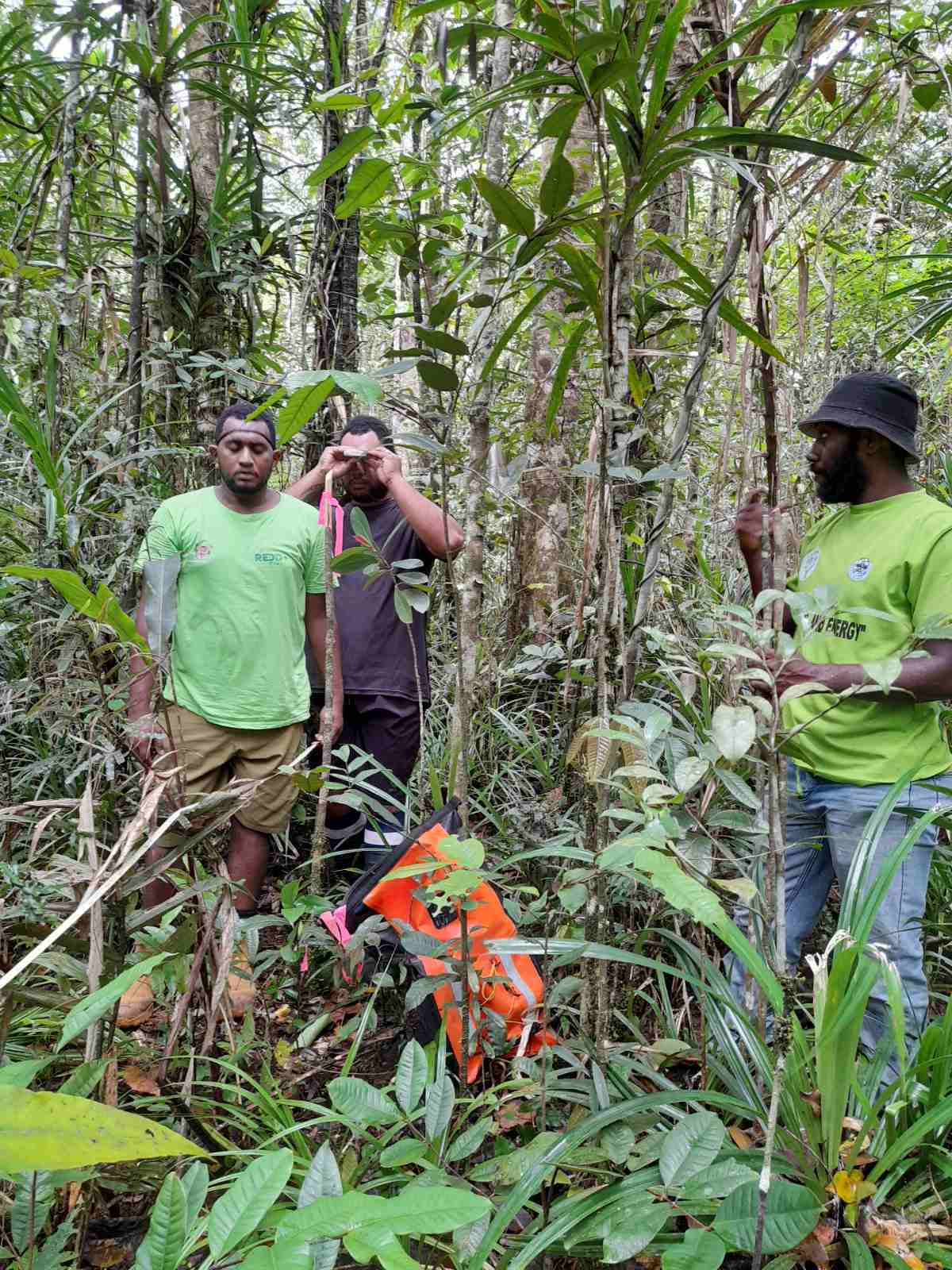
Forests and Climate Change
How the Ministry of Forestry Models Forest Carbon to Support Sustainable Forest Management
Forests have a critical role to play in mitigating the effects of climate change by sequestering carbon dioxide from the atmosphere through the process of photosynthesis. Although this process had been taught at the primary school level for decades, the current rate of global deforestation seems to suggest a reducing prioritisation of forests. However, as the world reels from the impacts of climate change, it is critical that the importance of forests and their ability to offset carbon from human-induced developments is catapulted to the fore.
Increasing Forest Carbon Stock
The introduction of REDD+ (Reducing Emission from Deforestation and Forest Degradation, Forest Conservation, Sustainable Management of Forests and Carbon Stock Enhancement) by the United Nations Framework Convention on Climate Change (UNFCCC) provides an incentive for countries to enhance and maintain their carbon sequestration capacities. The aim is to increase and maintain forest carbon stock and to also provide non-carbon benefits such as biodiversity enhancement and the protection of watersheds, by actively engaging and even paying forest owners to conserve or sustainably manage their natural forests.
In line with their international commitments and obligations under the UNFCCC, member countries like Fiji are required to report regularly on the state of their forests, including an assessment of their carbon stocks.
Allometric Equations
For Fiji to provide an accurate estimation of the country’s forest carbon stock, it needs to develop tree biomass estimation equations also known as allometric equations which are specific to the country’s main forest species, in line with the UNFCCC accepted practices and standards. The allometric equations are used to estimate the biomass of above ground tree components, based on the diameter at breast height and the height data. Fiji has so far developed its Forest Reference Level (FRL) using a combination of country-specific and default values of emission and removal factors and generalised biomass allometric equations. The use of default values and generalised allometric equations may result in a high level of uncertainty in the estimation of the FRL and, therefore, in the determination of emission reduction estimates.
As part of its efforts to reduce the above uncertainties, the Ministry of Forestry, through the Silviculture Research Division, and with the support of the Fiji REDD+ program, has begun to put together a work schedule aimed at developing the required species-specific allometric equations.
A total of 14 species (listed below) have been identified and will be sampled within the different strata which include lowland and upland forest with different dry and wet zones.
Training will be conducted before the actual fieldwork commences in Viti Levu and extended to other areas around the country.
Carbon Trade
The accurate determination of Fiji’s forest carbon stock will have a positive impact - because of its results-based orientation - on the carbon trade arrangement that the Fijian Government signed with the World Bank for the five-plus years beginning from July 2019 to December 2024, and with other potential carbon trading partners once the deal with the World Bank expires.
The carbon trade deal is, among other things, aimed at incentivising forest-owners to enhance and maintain their forest cover to help off-set global carbon emissions.
Fiji is the first small island developing state in the world to enter into carbon trade and the Government-initiated national tree-planting campaign to consciously and consistently plant trees, targeting 30 million trees in 15 years since 2019, is clear indication of the reprioritisation of the importance of forests.